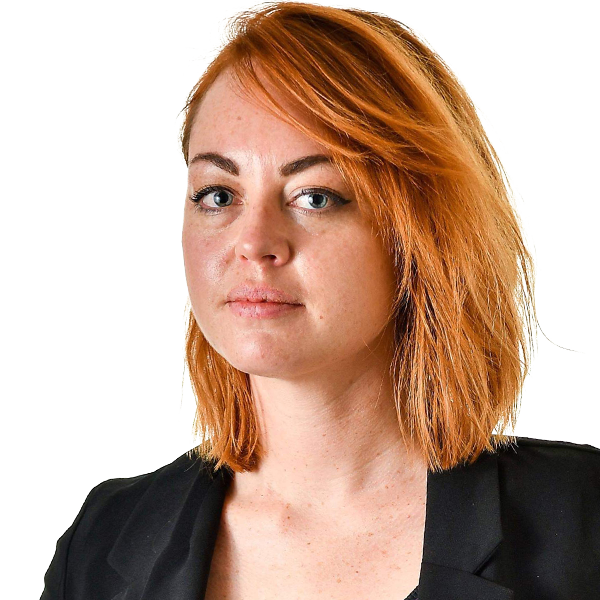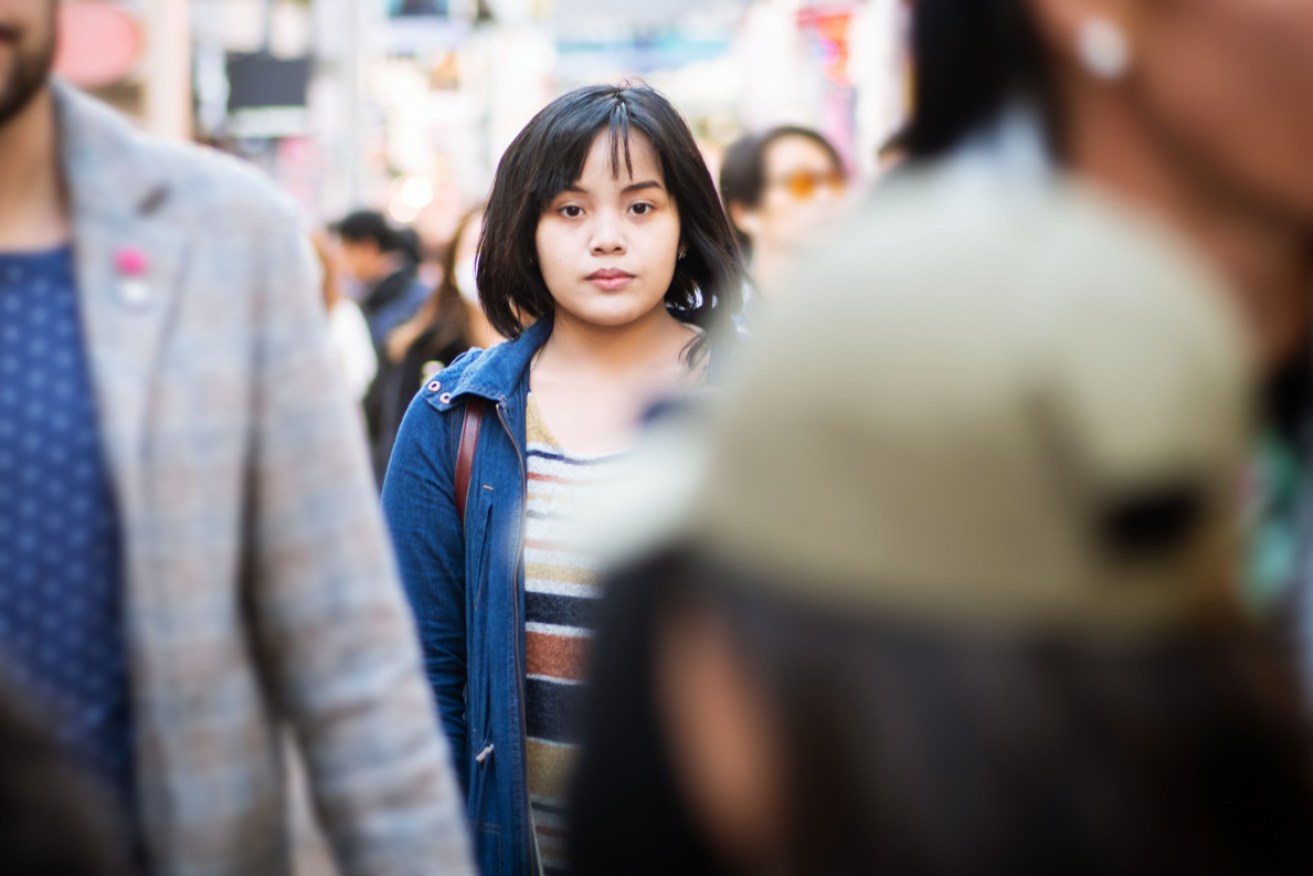Coronavirus: How social distancing and self-isolating differs


There's self-isolating, then there's social distancing. The two are very different. Photo: Getty
There’s a lot of talk about self-isolating and social distancing, and there’s a marked difference between the two.
Here’s how they differ.
Social distancing is what we should all be practising, regardless of whether you’ve come into contact with a person with the coronavirus or if you feel crook.
From what we know about COVID-19, it’s most likely transmitted commonly through person-to-person contact.
So social distancing is imperative to flattening the all-important curve, and putting Australia in the best position to slow the spread of the virus.
It’s one of the simplest but most effective things we can do as individuals. That, and washing your hands regularly.
Please view the latest advice on how you can help stop the spread of coronavirus.
Have you recently travelled overseas? Know your risk, monitor your health and call your doctor ahead of time. pic.twitter.com/lUCzJRUC0m
— Greg Hunt (@TheHonGregHunt) March 15, 2020
What does social distancing look like?
It’s keeping about 1.5 metres away from other people as much as possible.
It’s not being rude, in fact the opposite.
We’re also encouraged to make shopping transactions with tap-and-go card payments over cash, regularly use hand sanitiser, and if you’re using public transport, travel at quieter times where possible.
As per the latest government advice, gatherings of 500 people or more have been banned, and public venues (churches, pubs, eateries) have been told to keep their occupancy at 100 max.
If you’re still physically attending your place at work, the 1.5-metre rule still stands.
There’s no handshakes.
If a meeting can be a phone call, video call or even an email – do it. If there’s not, avoid a large face-to-face meeting and try to hold it outdoors.
And just keep washing your hands.
Social distancing doesn’t stop at home – keep up the hand washing and disinfect ‘high-touch’ areas (i.e. kitchen, door knobs, TV remote) more than you normally would.
Open windows and doors to keep fresh air circulating.
Keep your pantry and fridge reasonably stocked with two weeks’ of supplies.
Seriously only two weeks – we should all be mature and aware enough by now to know that panic-buying more than you need only harms others.
So that’s what all Australians should be doing, but what if you’re told to self-isolate?
Maybe you’ve just come back from overseas.
Or you’ve been in contact with someone who’s tested positive for COVID-19.
Maybe you’re feeling unwell yourself, or you’ve indeed been diagnosed as having the virus.
Welcome to self-isolation.
The idea of self-isolating is to limit your interactions – therefore potential to infect – others as much as possible.
So, spoiler alert: That’s a lot of time to yourself.
(Here’s some of our favourite binge-able TV shows to take up a fraction of the time.)
Speaking of time, the current recommended period for self-isolating is 14 days.
So what does it look like?
Firstly you’ll need to make your own space. If you live by yourself, tick that box.
If you live with others – family, house mates – you’ll need to confine yourself to one room.
If you’ve got a partner, bad news for them – they’re going to have to sleep on the couch.
It goes without saying there’s no hanky panky for you for two weeks.
You’ve gotta eat and use the bathroom.
(This advice applies especially to people who are feeling unwell or have a confirmed case.)
If the people in your home like you enough to make you food and deliver it to your isolation space, lucky you.
Just make sure you’ve got your own set of plates, cutlery, cups and mugs. No one else in your household should use these while you’re in isolation.
Also consider getting food delivered – all the services offer a ‘contact-free’ delivery service.
A house with two bathrooms would be ideal – but we’re not all that fortunate.
Disinfect the bathroom to the nth degree after using it, and wear a face mask in transit to the bathroom.
No baths, people.
Laundry is also a thing – your dirties should not mix with others’ in the same wash.
Keep abreast of your physical health.
Do you have a fever, cough, sore throat or any of the other symptoms? If these arise, call your GP.
They’ll talk you through what’s next.
(If you do test positive, or if you’re sent for a test and awaiting your results, anyone who lives with you should start self-isolating, too.)
When does self-isolation end?
If you get through the allotted period with no symptoms, you’re free to go – just remember to implement those social distancing practices we ran through earlier.
Above all – it’s common sense and good manners.
When you’re out in public, sneeze or cough into your elbow, keep your hands clean and away from your face.
Be mindful of not just the elderly, but everyone – many people appear healthy but can carry the risk factors that means they could suffer a lot worse from the virus should they contract it.















